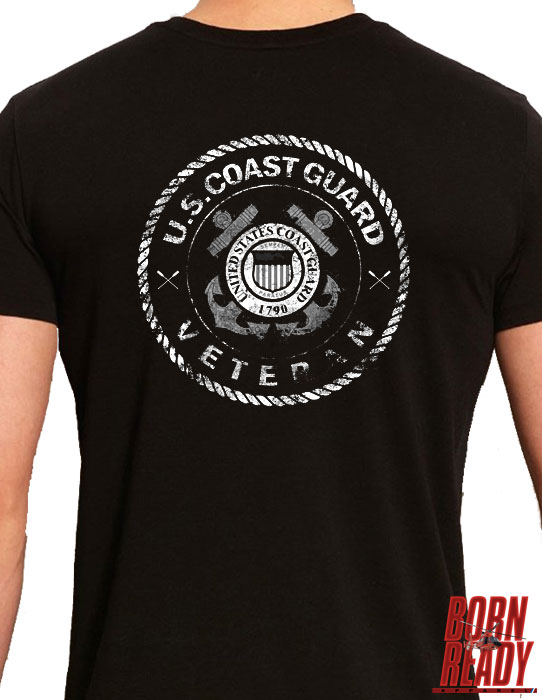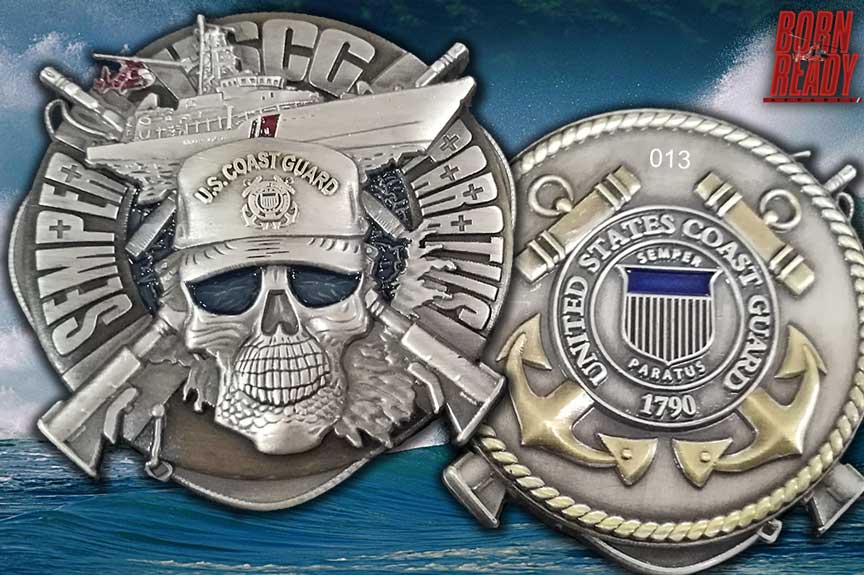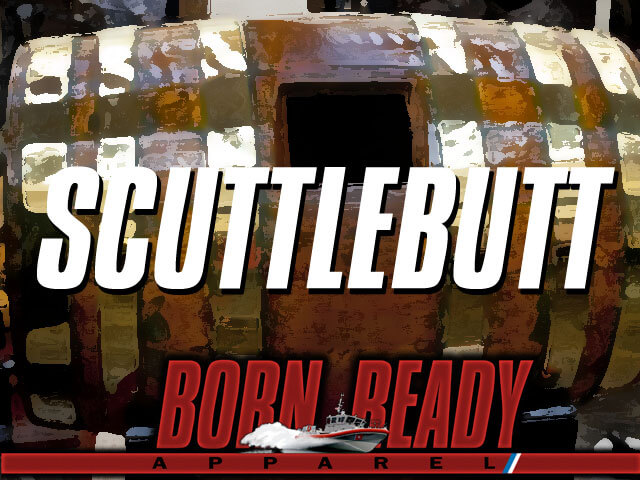The United States Coast Guard (USCG) is an integral branch of the U.S. Armed Forces tasked with a wide array of maritime and domestic responsibilities. Often referred to as “America’s Lifesavers,” the Coast Guard plays a vital role in protecting and serving the nation’s interests in its territorial waters, ports, and beyond. In this blog, we will delve into the leadership, size, age, commands, history, locations, special units, white hulls, black hulls, and even their remarkable iceberg operations.

Leadership:
At the helm of the U.S. Coast Guard is the Commandant, who serves as the highest-ranking officer. The Commandant is responsible for overseeing all aspects of the service, including strategic planning, policy development, and resource allocation. Additionally, the Vice Commandant and other high-ranking officers assist in leading and managing the organization.
Size and Age:
The USCG boasts an impressive force that combines both active duty and reserve components. As of the latest available data, the Coast Guard has approximately 40,000 active-duty personnel and 7,000 reservists. This force is organized into two main components: the Atlantic Area and the Pacific Area.
Established on August 4, 1790, the U.S. Coast Guard is the oldest continuously operating maritime service in the United States. It was initially created as the Revenue Marine to enforce federal tariffs and prevent smuggling, later evolving into the Coast Guard we know today.
U.S. Coast Guard Commands and Locations:
The Coast Guard operates through a series of commands responsible for specific regions, missions, and administrative functions. The main commands include the Atlantic Area Command, Pacific Area Command, and the Deployable Operations Group (DOG). The DOG provides specialized units for high-risk and complex operations.
The United States Coast Guard has a presence across the United States, with major bases located in areas such as Washington, D.C., Virginia, California, Florida, Alaska, and Hawaii. Additionally, there are numerous stations and air facilities strategically positioned along the coastlines and in other key maritime regions.
Special Units and Operations:
The Coast Guard is renowned for its specialized units that demonstrate versatility and capability in diverse environments. Some notable units include the Coast Guard Aviation, which operates a wide range of helicopters and fixed-wing aircraft for search and rescue, law enforcement, and maritime surveillance.
The Coast Guard’s Maritime Security Response Team (MSRT) is a specialized unit trained for counterterrorism and anti-smuggling operations. Their skills and expertise make them a critical asset in addressing potential threats to national security.
White Hulls and Black Hulls:
The Coast Guard’s fleet comprises various types of vessels. “White hulls” typically refer to the Coast Guard’s cutters, which are the service’s larger seagoing vessels used for a multitude of missions, including law enforcement, search and rescue, and maritime security.

These cutters are essential for patrolling coastal waters and the open ocean.
On the other hand, “black hulls” refer to smaller vessels, such as patrol boats, that are often used for coastal operations, port security, and maritime law enforcement. These vessels are highly maneuverable and allow the Coast Guard to swiftly respond to incidents close to shore.
Iceberg Operations:
One of the most fascinating aspects of the U.S. Coast Guard’s operations is its involvement in iceberg patrols. Particularly in the North Atlantic, the Coast Guard monitors and tracks icebergs that pose a threat to shipping routes. By identifying and reporting iceberg locations, the Coast Guard ensures the safety of vessels traversing these treacherous waters.
Conclusion:
The U.S. Coast Guard’s rich history, diverse commands, and specialized units highlight its crucial role in safeguarding the nation’s maritime interests. From its dedicated leadership to its remarkable operations, the Coast Guard continues to demonstrate its commitment to protecting lives, the environment, and national security. Whether through white hulls, black hulls, or ice patrol operations, the Coast Guard’s unwavering dedication serves as a constant source of reassurance for those who rely on the safety and security of the seas.
For more information about U.S. Coast Guard: Safeguarding the Seas and Beyond please email us at hq@bornreadyapparel.com.

